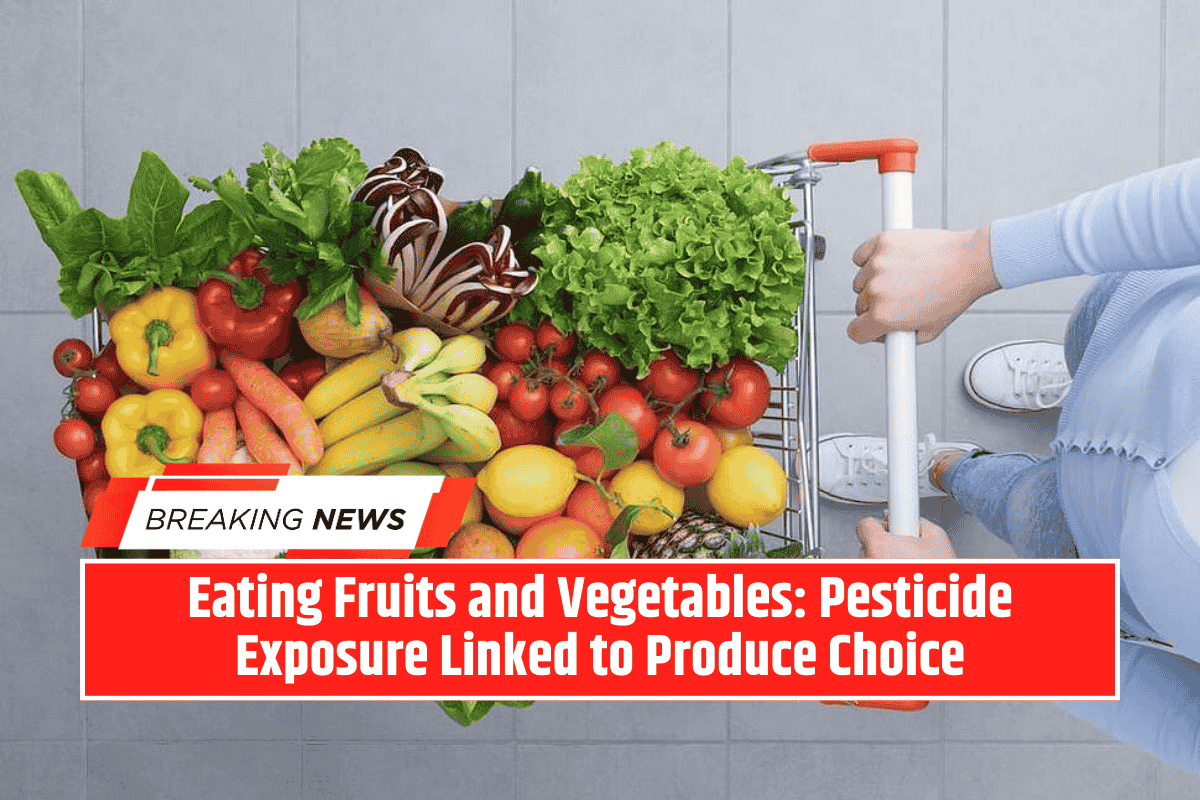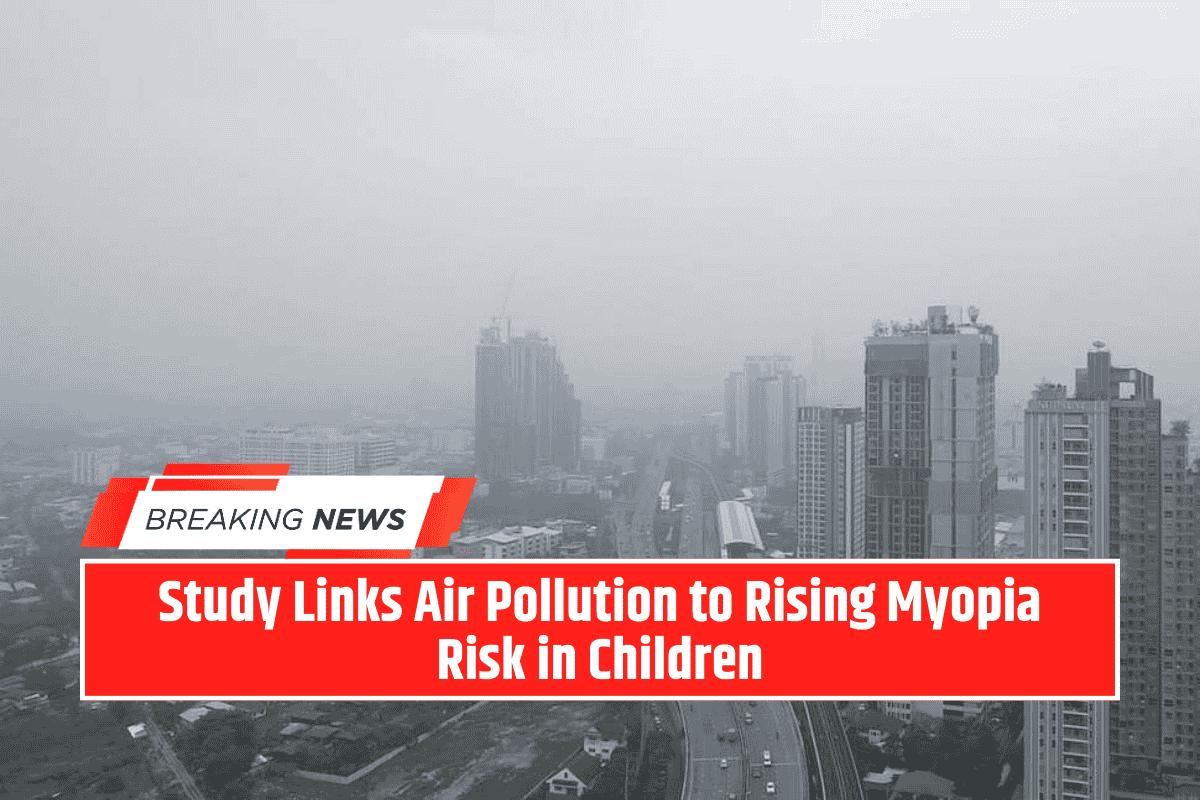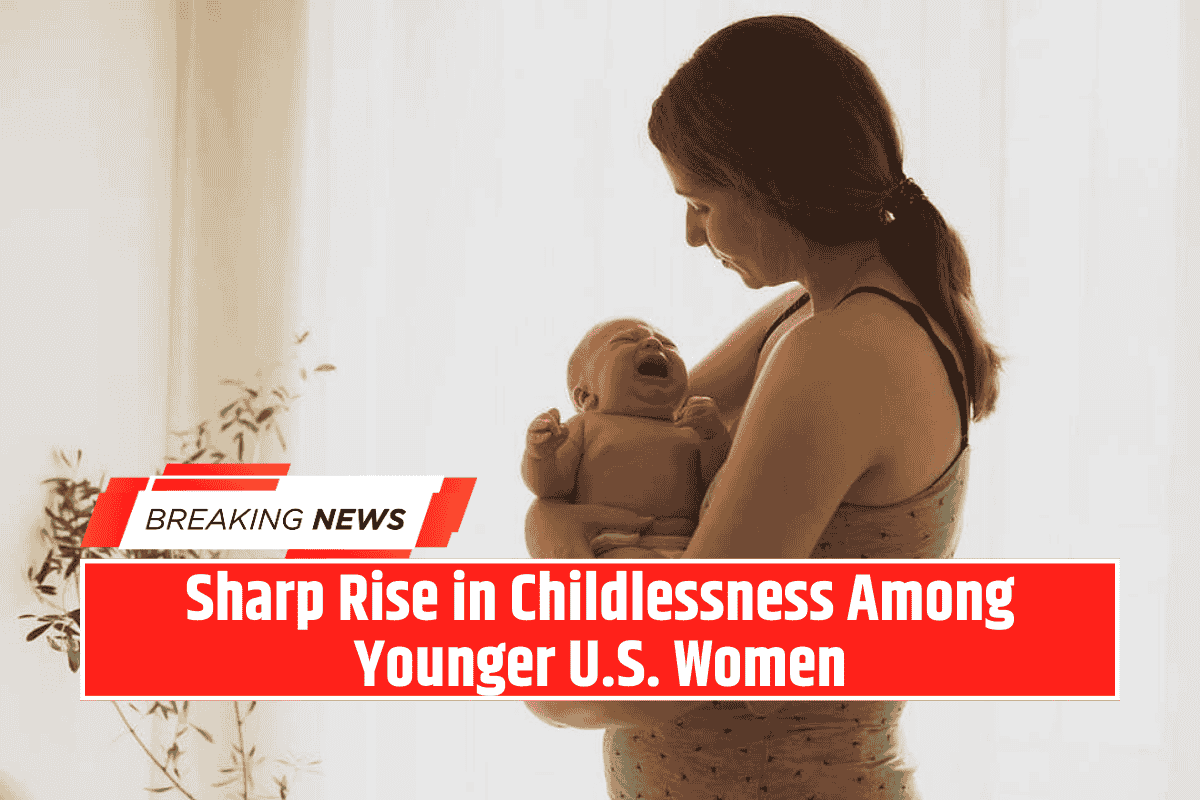A new study published Sept. 24, 2025, in the International Journal of Hygiene and Environmental Health shows that the types of fruits and vegetables people eat can directly influence pesticide levels in their bodies.
The research compared U.S. Department of Agriculture (USDA) produce testing data with urine samples from a federal health survey, revealing a strong connection between high-residue produce and elevated pesticide exposure.
The Dirty Dozen vs. Clean Fifteen
The study highlighted the Environmental Working Group’s (EWG) well-known lists:
- Dirty Dozen: Includes spinach, strawberries, and kale — foods most contaminated with pesticides. Spinach, in particular, carried more pesticide residue by weight than any other produce tested. Researchers found 203 different pesticides across this group, with toxic mixtures common in green beans, spinach, peppers, and leafy greens.
- Clean Fifteen: Includes pineapples, sweet corn, avocados, papaya, onions, and watermelon — all shown to have minimal pesticide contamination.
Expert Insights
Study author Alexis Temkin, vice president of science at EWG, emphasized that produce choice affects pesticide levels: “Greater consumption of higher-residue foods increases pesticide levels in urine more than consumption of lower-residue foods.”
Linda Birnbaum, former director of the National Institute for Environmental Health Sciences, noted that the findings make it possible to predict exposure without testing each individual: “When people eat a lot of produce with high residues of pesticides, they’re more likely to have elevated levels in their urine.”
Health Risks of Pesticide Exposure
Previous research links pesticide exposure to serious health risks, including:
- Birth defects
- Heart disease
- Certain cancers
Children and pregnant women are particularly vulnerable, making dietary choices even more important for these groups.
Practical Takeaways for Consumers
- Don’t avoid produce: Fruits and vegetables remain a cornerstone of a healthy diet.
- Go organic when possible: Especially for Dirty Dozen items.
- Choose Clean Fifteen foods: These offer nutrition with lower pesticide exposure.
- Wash thoroughly: Rinsing all produce can help reduce surface pesticide residues.









